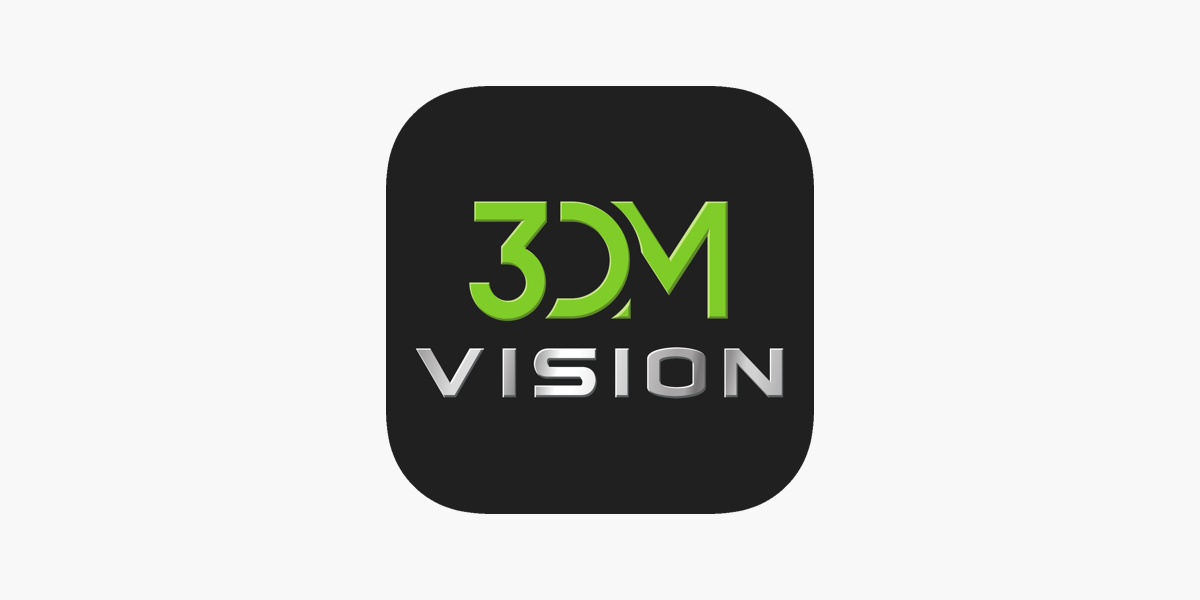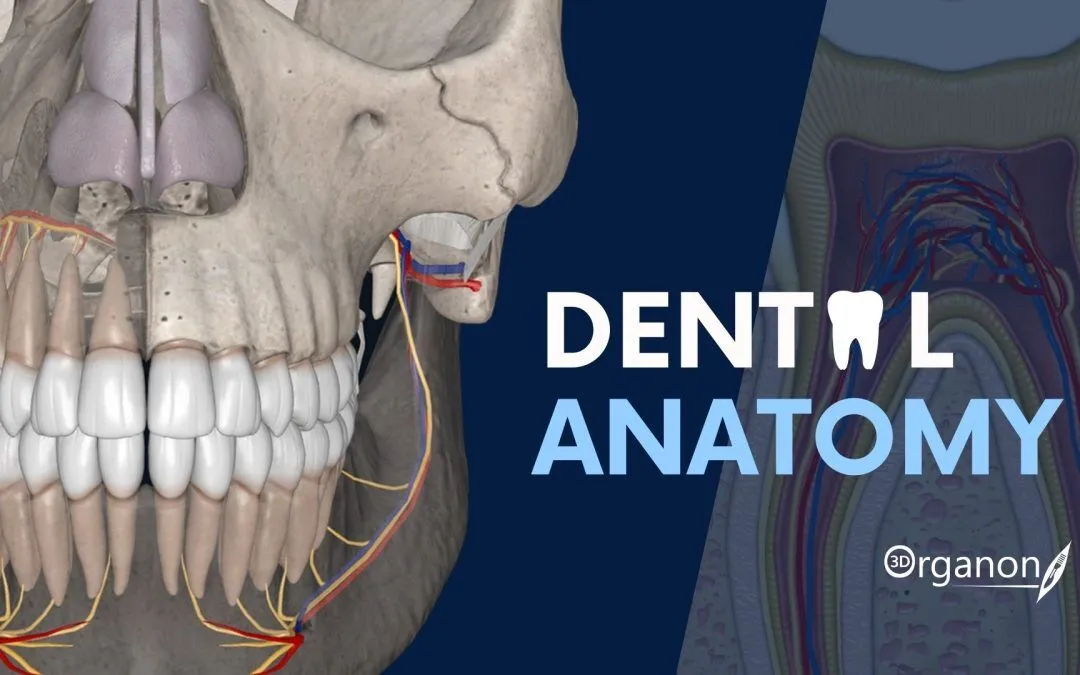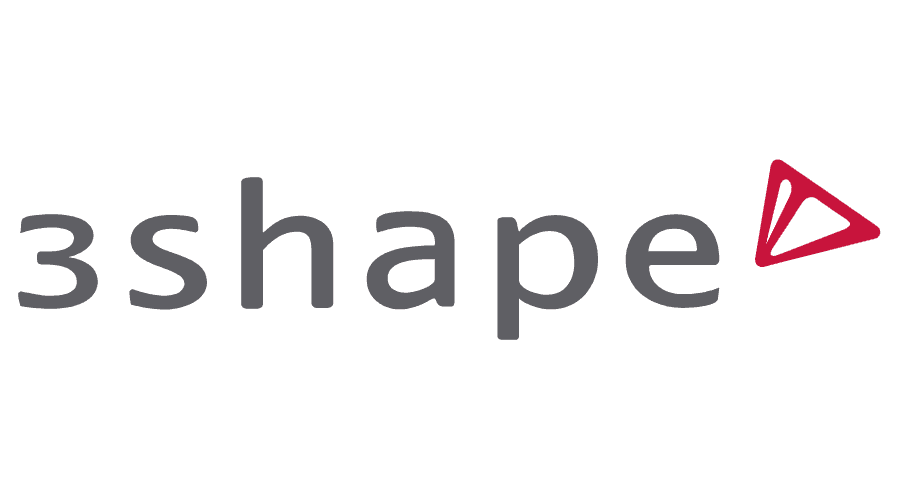SM3D Viewer — focused 3D viewer for dental CBCT scans
Context
SM3D Viewer is one of those tools that doesn’t try to be everything at once. It’s not a PACS, not a full surgical planning suite — instead, it’s a compact viewer aimed at making 3D DICOM datasets usable on an ordinary workstation. In dentistry that usually means CBCT scans, where being able to rotate a jaw model, scroll through slices, or measure bone thickness can make all the difference. Because it’s open source and cross-platform, admins often put it into teaching labs, student laptops, or smaller practices that just need a fast way to look at scans without pulling in heavyweight commercial systems.
Technical Profile
| Area | Details |
| Platform | Runs on Windows, Linux, macOS; uses OpenGL, so a GPU helps a lot. |
| Dental focus | Optimized for CBCT studies — jaw reconstructions, panoramic re-slices, bone and tooth visualization. |
| Core modules | 3D rendering, multiplanar reconstruction (MPR), measurement and annotation, image export. |
| Interop | Opens DICOM folders directly; basic PACS query support is limited. |
| Imaging | Handles grayscale dental volumes; interactive 3D views, adjustable contrast/density for bone vs. soft tissue. |
| Security | Local-only; anonymization option available for teaching data. |
| Multisite | Standalone viewer, not a central archive. |
| Backup/DR | No internal database — depends on external PACS or filesystem backups. |
| Licensing | Open source, GPL family license. |
Scenarios (dental-specific)
– In a dental implant clinic, surgeons load CBCT volumes, mark distances, and rotate views during pre-op planning.
– A university lab sets it up on classroom PCs so students can explore anonymized skull scans in 3D.
– A field dental unit installs it on rugged laptops to quickly check portable CBCT exports on-site.
Workflow (admin view)
1. Install on a workstation with a capable GPU and up-to-date drivers.
2. Import CBCT studies from file system or removable media.
3. Adjust rendering presets for density, brightness, and slice thickness.
4. Train staff in basic navigation (rotate, zoom, slice through volumes).
5. Enable anonymization for student or research datasets.
6. Set up external backup since SM3D Viewer does not manage archives.
Strengths / Weak Points
Strengths
– Cross-platform and free, runs even on modest setups.
– Solid rendering quality for CBCT datasets.
– Useful in both clinical case review and anatomy teaching.
– Lightweight compared to full PACS systems.
Weak Points
– No enterprise features (user roles, workflow automation).
– Performance tied to GPU; older laptops may struggle.
– Small developer community, updates are irregular.
– Doesn’t replace surgical planning tools.
Why It Matters
In dental imaging, most clinics don’t always need a giant PACS or expensive planning suite. SM3D Viewer provides a practical, no-cost option to look at CBCT scans, measure key structures, and show patients or students what’s going on in three dimensions. It’s not the system for final implant planning, but it fills the everyday gap where a quick, clear visualization is enough.







